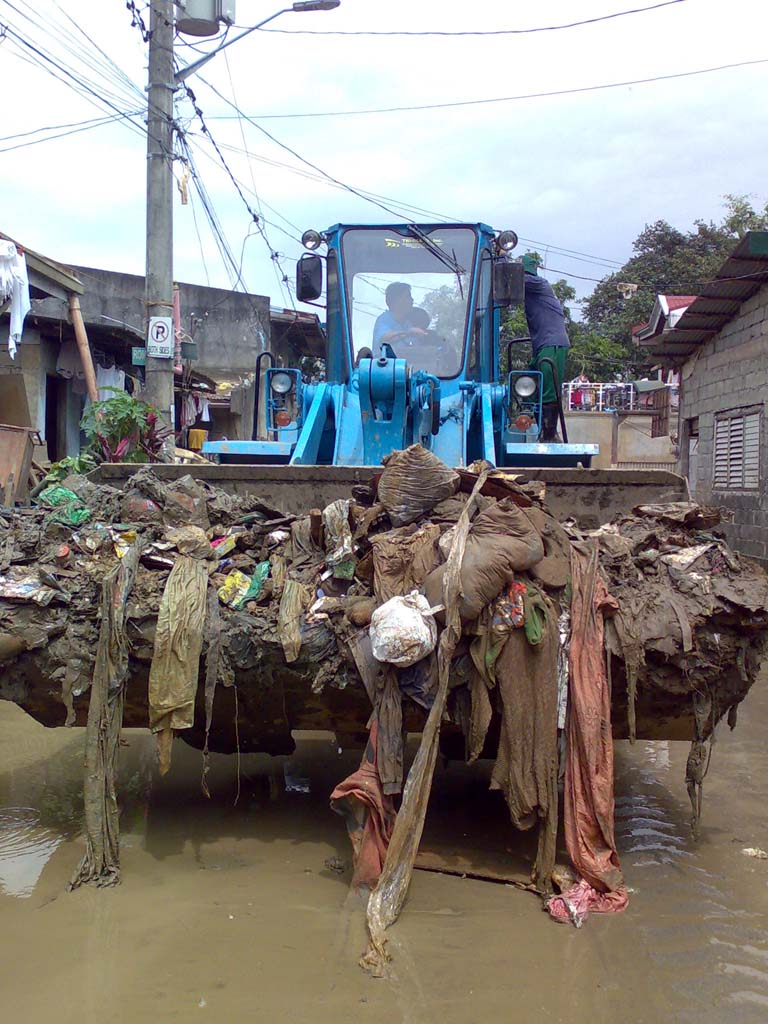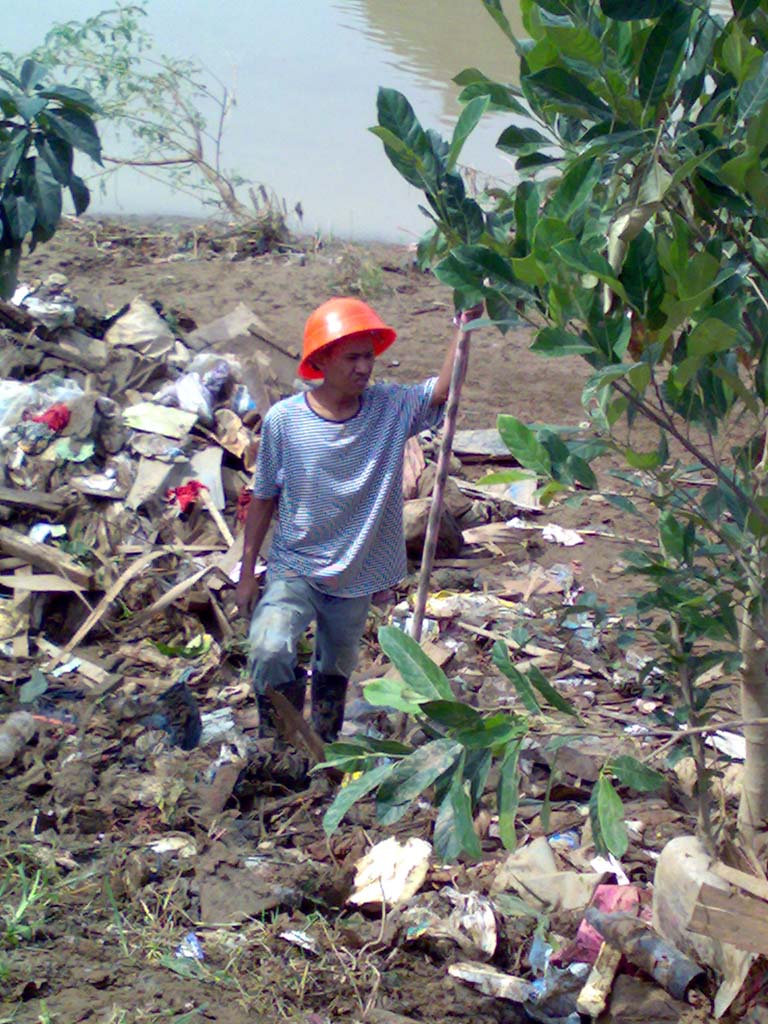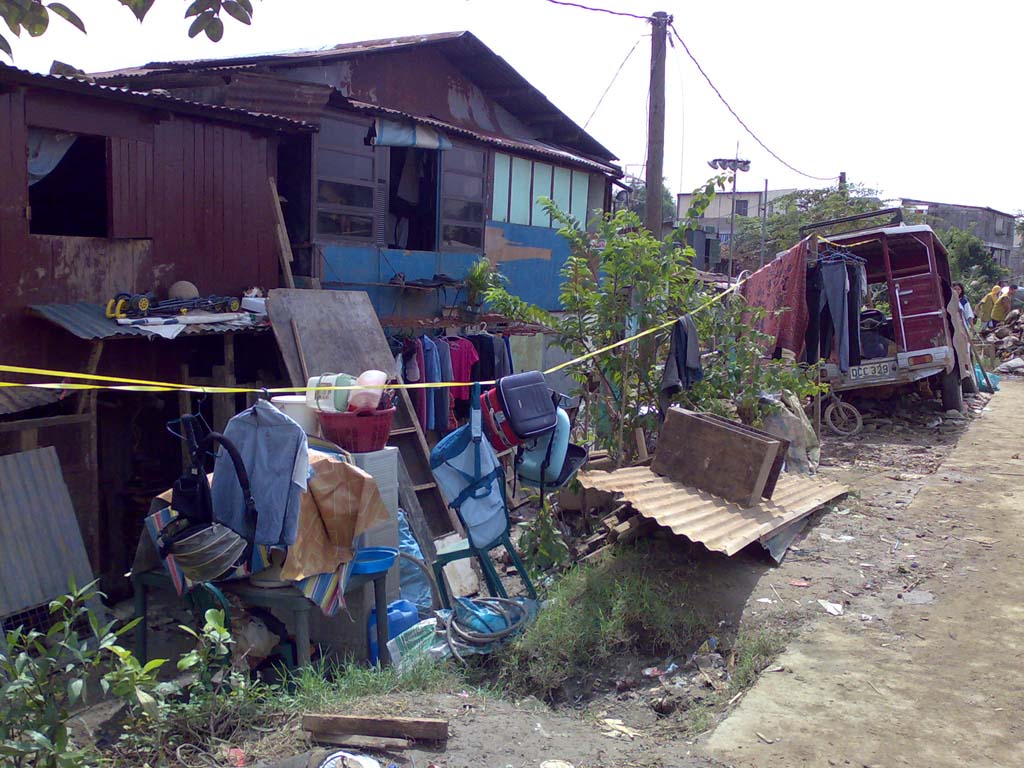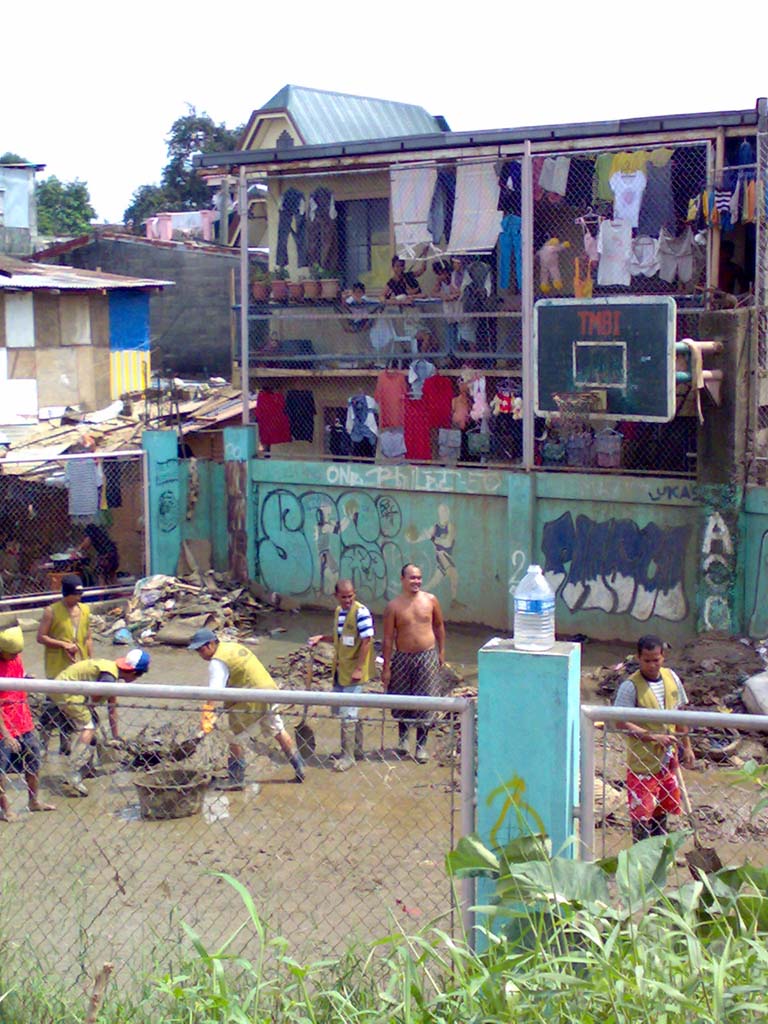Cleaning Up Ketsana
The amount of garbage left across Manila in Ketsana’s wake is – to quote the man tasked with over-seeing its clearing – “unthinkable”. Twenty thousand tons of refuse lays strewn about the Philippine capital.

The amount of garbage left across Manila in Ketsana’s wake is – to quote the man tasked with over-seeing its clearing – “unthinkable”. He lowers his eyes, and sighs deeply as he says that.
The Philippine capital is not a city particularly known for its cleanliness as it is, but in the past few years, Bayani Fernando, the Chairman of the Metro Manila Development Authority, has tried to tidy it up as much as he can. (Even controversially painting much of the city pink in the process – not just to “beautify”… but also to “instil discipline and order.” But that’s a subject for a whole other blog post.) Thing is – Fernando is now trying to make sure all the local government units clear up their areas – and find a place to dump the extraordinary volume of post-Ketsana refuse. All 20,000 tons of it. Tens times more rubbish than usual.

Ketsana’s epic floods destroyed the homes of hundreds of thousands of people. Their belongings were swept away by floodwaters, left to wash ashore – somewhere else. In many instances, residents whose homes were submerged but still relatively intact were able to salvage a few of their possessions. But things that were too damaged had to be put aside for the bin collectors.
Compounding the astounding amount of “domestic garbage” now strewn across the city, there is also silt from the rivers and debris that cascaded down from the mountains that surround the city. All in all – a heady, heavy combination and work-load.

There are still areas of Manila under some level of water – and others, that aren’t water-logged, are caked entirely in mud. Metres, and metres, of mud. And that’s masses of sludge that have yet to dry. The smell in entire areas of the city is one of heavy, humid, wet, mud. The pungent, potent, aroma of soggy soil. But instead of reminding one of harvest, or spring, or beautiful things to come — as the odour of fertile earth might normally do – around certain parts of post-Ketsana Manila, the olfactory intrusion serves as an un-washable reminder of the deluge that devastated millions.

Nora Cristobal says she will never forget the day the storm struck. They tried to get as many of their neighbours as they could onto their rooftop, she says. All in all, some 50 people. Her family home, 3-storeys high, was the tallest in the area. But even then, Nora says, they only just managed to stay above the floodwater. Her eyes well up as she speaks of seeing other families rush by on make-shift rafts – or remnants of their own rooftops – swept away by the powerful current…
“All I could do was pray…” she says sadly. “They were screaming for help… and all I could do was yell out to them that I hoped they would be safe…”
Silence. You could almost see her replaying the images in her mind…
“I heard later on that so many of them washed ashore down river – dead…”
Nora blinks unable to hold back her tears. “There was nothing I could do for them… nothing…”
Silence.
She lifts her eyes and casts them on the sunny blue horizon.
A moment passes – a breath – she clutches her hand to her chest as if to ease the pain:
“I never want to see this happen again…”
Another blink, and then her tired face lights up with a smile. “There is much to do,” Nora says, and walks away to continue trying to put her home back in order. She is, after all, one of the fortunate ones that still has a home.

Aside from the mountains of rubbish, it is the one thing that greets you everywhere you go – the smiles on people’s faces.
Seemingly contradictory to their current reality, but not in the least bit insincere or half-hearted. It is typically Filipino to smile through their tragedies. It is the acceptance of things beyond their control, it is why they can look past any government failings, and keep putting one foot in front of the other into an unknown future. They say “leaving it up to God”, to forces outside of themselves. You hear it often here – “bahala na ang Dios”.

It is how residents like Nora believe they will get past this… regardless of the invisible scars left behind by the deluge.